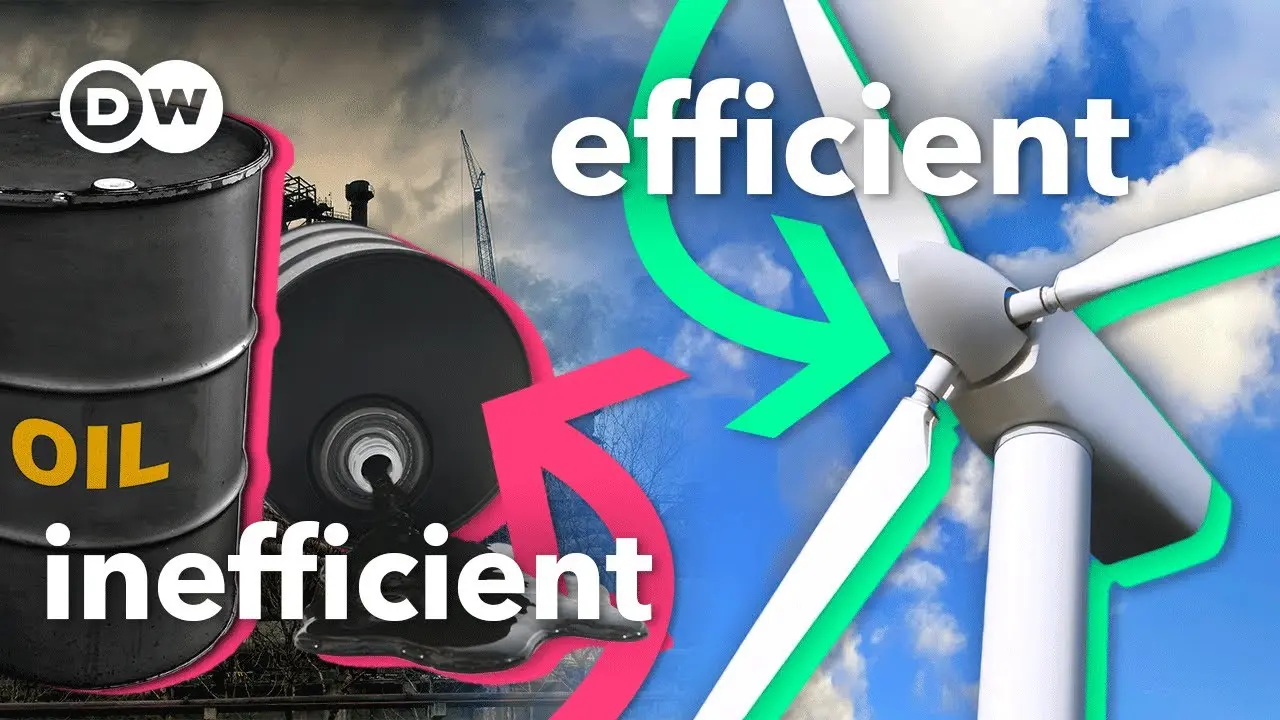Summary: This video talks about a misconception about switching away from fossil fuels to cleaner energy sources. The video argues that we don’t need to replace all fossil fuels, but rather focus on inefficiency in the energy system.
The video introduces a flow chart called Sankey diagram which depicts how energy flows through a system. It divides energy into four stages: primary, secondary, final and useful energy. Primary energy is the original source like coal or wind. Secondary energy is a transformed version for easier transportation, like electricity. Final energy is delivered to users and useful energy is the energy that is actually used.
The inefficiency exists throughout the energy flow. Most wasted energy happens when we convert primary energy to secondary energy, and from final energy to useful energy. For example, when we burn fossil fuels to generate electricity in a power plant, a majority of the heat is lost to the environment. Similarly, a gas stove wastes most of the energy from burning the gas as ambient heat in your kitchen.
The video argues that if we focus on improving efficiency, we would need much less renewable energy to replace fossil fuels. For example, switching to electric vehicles and induction stoves would significantly reduce energy waste.
Overall, the video suggests that switching away from fossil fuels is not as difficult as it seems, because improving energy efficiency can significantly reduce our reliance on fossil fuels.



It does no such thing
You either didn’t watch the video or there’s a language barrier, because what? Are you confusing this with another video?
Well, this part is quite telling of its approach. And that’s just from the very beginning. It says more or less:
As it turns out we don’t need to replace all the fossil fuel we are burnig, just 1/3 of it.
Apart from that I didn’t spot any systemic change implied (maybe I missed it, please point it out to me). Better managing energy waste is not what I had in mind for systemic change.
We only need to replace a third of them, here’s why and then spends the whole video explaining.
It’s too early for this. Have a good day.